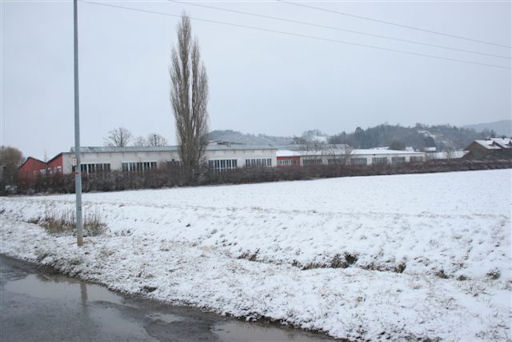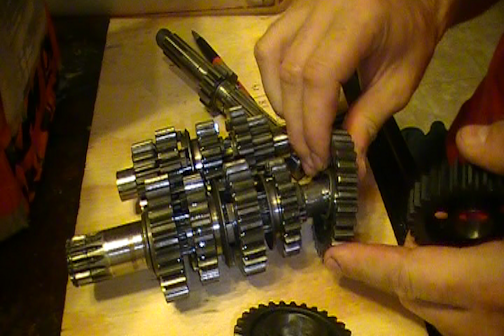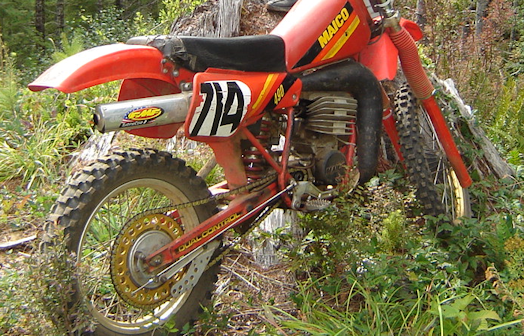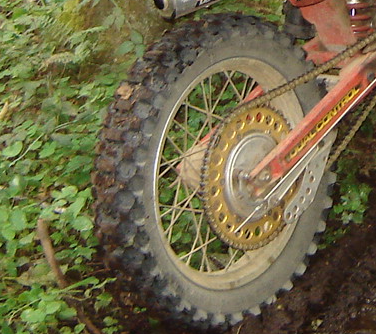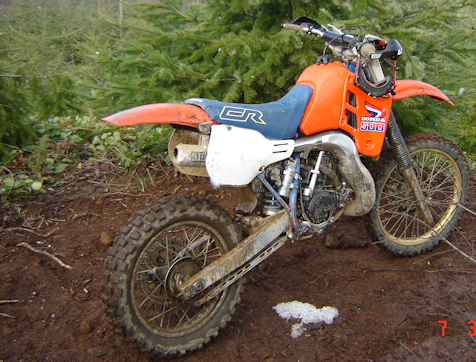Whilst a family bereavement has caused its fair share of emotional turmoil for Vincent Page and Lesley White over the last week their hard-core Dunlop Maxima rider Neil Berry brought smiles to their faces over the bank holiday weekend taking a very credible 4th place overall in the O.R.P.A. two day British Championship.
The annual two day event takes which place at the Horsham circuit on the Sunday moving to Northchapel for the second days racing on the Monday provided a contrasting mix in terms of weather conditions this year with rider's capabilities being seriously challenged on Sunday with pounding rain and heavy mud. Twenty miles down the road twenty four hours later and the Northchapel paddock awoke to sunshine and superb racing which eventually started throwing up dust. (Typical British weather)
Read more »

